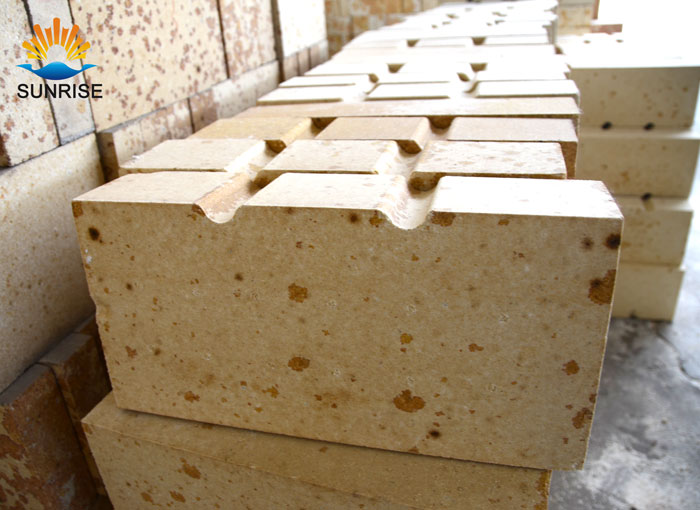The difference between high alumina refractory mud and clay refractory mud
2017-10-11
Refractory mud is used as refractory masonry joints of amorphous refractory material, also known as joint material. By a certain particle ratio of refractory powder and binder, admixture composition, add water or liquid binder into a slurry. Refractory mud as a seam material, you can adjust the size of the brick deviation of the gas and uniform load balance, and masonry can be tightly integrated to resist the destruction of external forces and to prevent gas, molten liquid intrusion. Masonry joints are usually weak links in the gas, in most cases before the gas damage, so its quality is generally related to the overall life of the gas.
Refractory mud according to its binder coagulation hardening characteristics can be divided into hydraulic, hot hard, gas hard refractory mud. Hydraulic refractory mud is a cement as a binder, can be used at room temperature or may be in contact with water or water vapor often. Hot hard refractory mud commonly used phosphoric acid or phosphate and other thermal hardening agent made. In addition to this kind of mud hardening in addition to a variety of temperatures have high strength characteristics, the shrinkage is small, seams tight, strong erosion resistance. Gas hard refractory mud commonly used sodium silicate and other gas hard binder preparation, this mud can make the masonry joints tight.
According to the different materials used in refractory powder, commonly used refractory mud can be divided into: clay, high aluminum, siliceous, magnesia, carbonaceous, heat insulation and so on. Usually the material of the refractory mud is basically the same as that of the refractory masonry. Requirements for the special conditions of the mud, the two materials can also be inconsistent, the use of refractory mud material grade is higher than the masonry materials, such as ladle aluminum carbon on the mouth of the refractory mud selection of chrome corundum material.
Clay-based refractory mud with hard clay clinker as a base material, combined with soft clay or chemical binder. Mainly used in blast furnace, hot stove, coke oven, soaking furnace, heat exchanger, boiler and other clay brick masonry joints and repair.
Clay clay is made from calcined clay (clinker), waste clay brick and clay (raw material). Clinker is the main component of clay clay, accounting for about 75% to 80%, raw clay is a binder, it is added to increase the plasticity of clay clay, reduce air permeability and water loss. But the amount should not be too large, or easy to produce cracks, with 20% to 25% is appropriate.
High-alumina refractory mud main material selection of high-alumina clinker, binder with soft clay or chemical binder. According to the masonry parts of the brick composition and use requirements to determine the Al2O3 content. Can be widely used in high-alumina brick masonry of various industrial furnace. Such as in the hot air furnace for masonry roof, regenerator, combustion chamber, etc., for the upper part of the blast furnace and other parts, can also be used to repair the industrial furnace roof, furnace wall and other parts. In addition to the above several refractory mud, there are silicon carbide refractory mud, mullite quality refractory mud, corundum refractory mud, zirconium refractory mud, chrome refractory mud, its performance varies, respectively, with the same material Masonry and repair of refractory bricks. There are also special purpose mud, such as anhydrous (non-aqueous) mud, swelling mud and so on.

